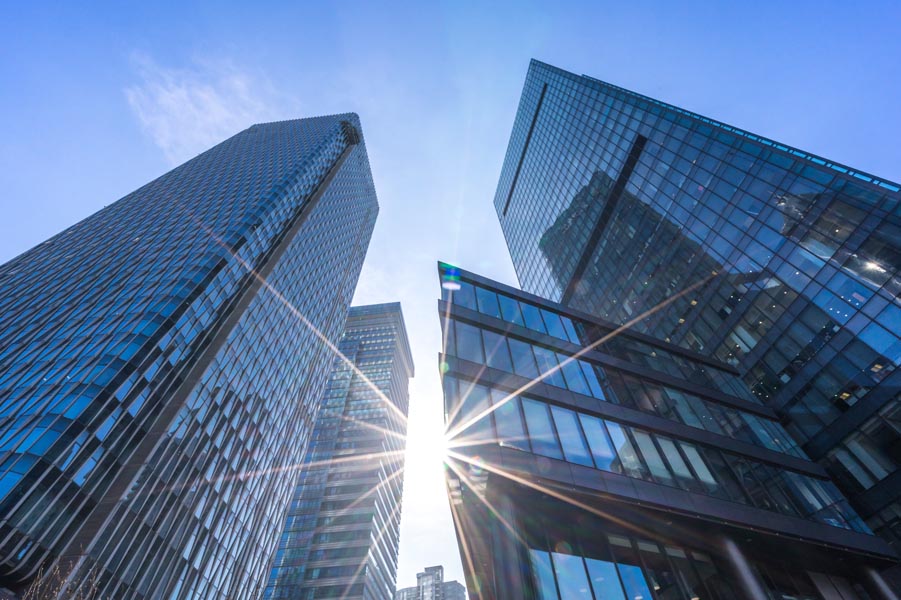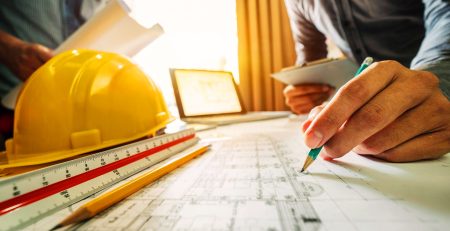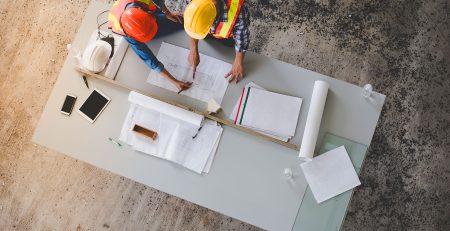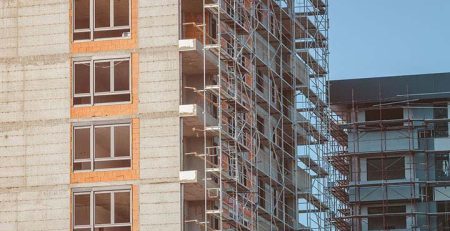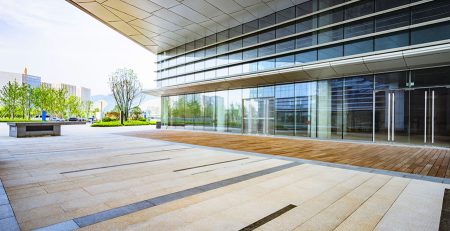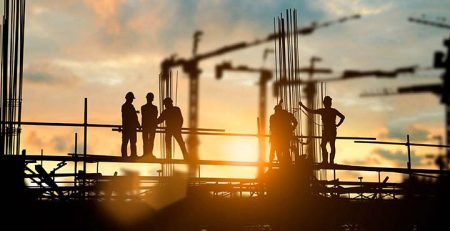How to Enhance Building Resilience? Strategies for Disaster-Resistant Design
When it comes to withstanding nature’s fury, resilient buildings aren’t just about strong materials—they’re about intelligent design that anticipates and adapts. Creating a disaster-resistant structure involves balancing innovation, foresight, and practical solutions tailored to specific environments.
Understand Your Environment
Every region comes with its own set of natural challenges. From hurricane zones to earthquake-prone areas, the first step in resilient design is knowing what to expect. This means studying weather patterns, historical data, and potential hazards to shape design priorities.
In areas prone to flooding, elevated foundations and waterproof materials can make a world of difference.
Embrace Durable Materials
Materials make the framework, but disaster-resilient structures are built from elements designed to stand the test of time—and disaster. Consider high-impact glass for windows, steel reinforcements for structures, and non-combustible materials in fire-prone regions.
- Homes in fire-prone regions often benefit from metal roofs and cementitious siding, which add an extra layer of fire resistance.
Incorporate Flexible Design
A flexible design can reduce the impact of disasters and even speed up recovery. This could mean everything from open floor plans that reduce load-bearing walls (beneficial in earthquake zones) to modular components that can be easily repaired or replaced.
- Example: Buildings with modular walls in earthquake zones can reduce structural strain, preserving overall integrity.
Prepare for Power and Water Outages
In the wake of a natural disaster, access to essential services like power and water is often compromised. Incorporating self-sustaining systems—think solar panels, rainwater harvesting, and backup generators—can help a building remain habitable even if infrastructure fails.
Solar panels combined with battery storage keep the power on, supporting emergency lighting and essential appliances.
Plan for Swift Recovery
Resilient buildings are designed not only to withstand disaster but to bounce back quickly. This might mean designs that allow for rapid repairs, clear paths for emergency evacuations, or materials that can be easily sourced and replaced.
Conclusion
In a world of rising climate risks, resilience is more than just good building practice; it’s a commitment to sustainability and safety. A disaster-resistant building is one that takes lessons from the past and designs for the future—ensuring that when disaster strikes, structures are ready to stand strong.

